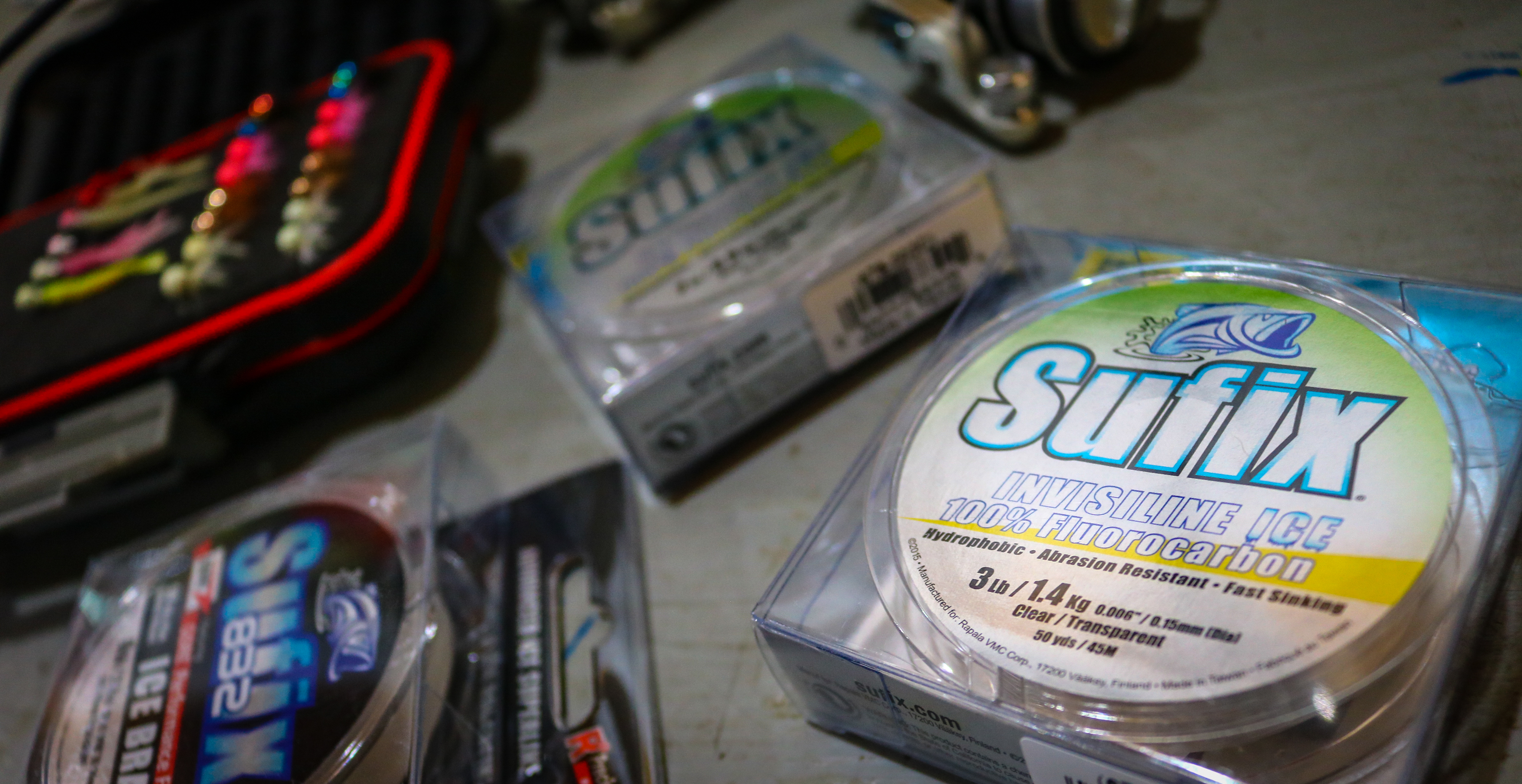-
week 12 Vikes and da Bears...
by roony
[Today at 08:28:31 PM] -
2024-2025 Ice Fishing Contest...
by birdswacker
[Today at 08:21:49 PM] -
Week 13 Vikes and Cards
by birdswacker
[Today at 08:19:34 PM] -
The Bug
by tangle tooth
[Today at 06:07:52 PM] -
Looks like the rut is still...
by deadeye
[Today at 05:31:09 PM] -
Opener is coming!
by Scenic
[Today at 05:19:22 PM] -
Gophers
by LPS
[Today at 10:30:00 AM] -
Vikes thread!
by LPS
[Today at 10:25:47 AM] -
2024-2025 Ice Fishing Photo's...
by HD
[Today at 10:23:33 AM] -
Good Morning!!!!!!
by markn
[Today at 08:50:13 AM] -
Dumbass Poll?
by Bobberineyes
[Today at 07:07:25 AM] -
Just funnies.....
by Steve-o
[Yesterday at 09:30:15 PM] -
What's on the stove, oven,...
by roony
[Yesterday at 04:27:34 PM] -
Filling void under concrete...
by birdswacker
[Yesterday at 01:51:35 PM] -
incoming weather
by Dotch
[November 11/22/24, 10:39:50 AM] -
Muskies Are Hot in the North...
by lakeofthewoodsmn
[November 11/21/24, 03:39:18 PM]
Click On The "Forum" Tab Under The Logo For More Content!
If you are using your phone, click on the menu, then select forum. Make sure you refresh the page!
If you are using your phone, click on the menu, then select forum. Make sure you refresh the page!
The views of the poster, may not be the views of the website of "Minnesota Outdoorsman" therefore we are not liable for what our members post, they are solely responsible for what they post. They agreed to a user agreement when signing up to MNO.




